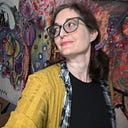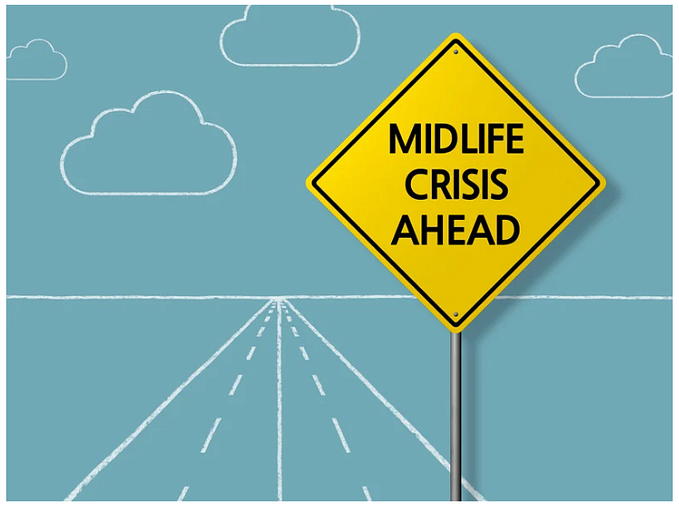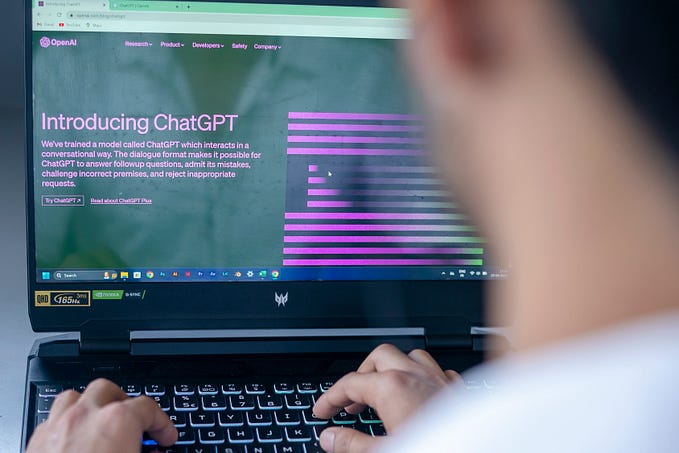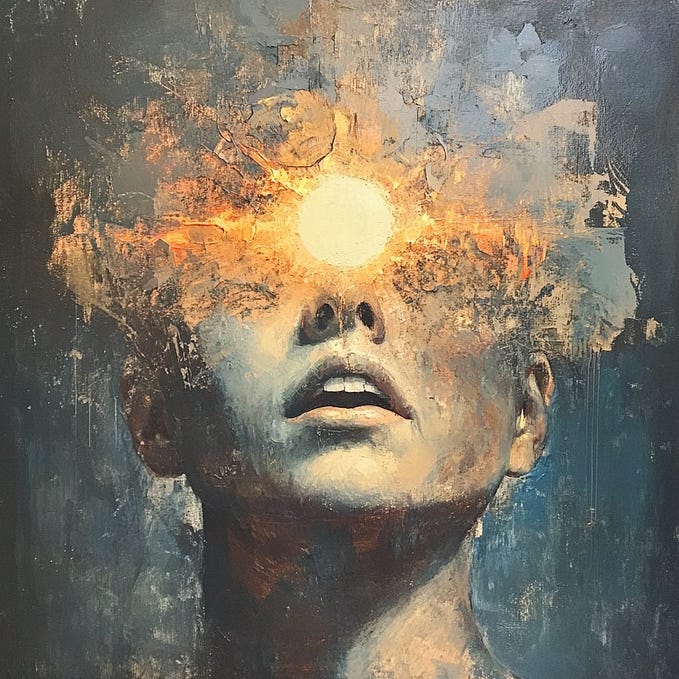Professional and Interesting Humans Provide Valuable Writing Tips In Creative Corner Interviews
ProWriters dish in this 9 interview roundup

Do you ever wish you could sit down for drinks, coffee, or tea with your favorite writers so you can dish about whatever the heck you both want?
That’s why I started the Creative Corner Interview series in The Narrative Collective.
It’s hard to believe, but we are already at nine insightful, thought-provoking, funny, sassy interviews — not necessarily in that order, and not all by the same ProWriter but you get the gist.
Since Hogan Torah is obsessed with ProWrestling I can’t get the ProWriter image outta my head, so I guess that’s what I’m calling intermediate to advanced writers from now on.
I’ll update this list as new interviews are published.
Next one up is Steven E. Brown who is a published author, disability rights advocate, historian — and my dad!
Author Lyanda Haupt and Naturalist Kate Sheckarski are also slated to participate.
Email me at aimee @ gramblin dot com if you’d like to be interviewed.
We kicked off the series with none other than…
Kelly Eden
She’s been writing professionally for over a decade y’all. Read & learn.
Find the genre you love. Don’t be afraid to experiment and fail. Give yourself permission to fail. Read and then read some more!
Jenny Mundy-Castle
One of the most courageous and talented memoirists I’ve read. We’ll add Jenny’s book link when it’s ready.
My life has always been my greatest inspiration but I didn’t really realize it until #metoo, when my partner pointed out all the trauma my characters go through is really just my trauma, hidden behind plot.
He suggested I write a #metoo post about sexual assault and the trauma in my past and that simple post became an 80,000 word memoir.
Dawn Hammer
Dawn’s first book, The Good Human: 9 Radical Practices for Smashing Your Ego, Unleashing Your Authentic Self, and Fostering Connection in a Divided World, came out in January of 2021.
She’s also a grand prize winner for microfiction! HThe Writing Desk won the top spot in Welter’s online contest.
The readings my professor gave me were certainly the jumping off point for learning all about creative nonfiction. The “textbook” we referred to most often was Tell It Slant by Barbara Miller; there are so many fantastic exercises in that book that really help activate all the memories tucked into corners, which you need to excavate and brush off to find the juicy stuff for your material.
Gentry Bronson
Gentry is a force of joy, mindfulness, vision, leadership, and inspiration. I chose mentors who I jibe with and Gentry is just the right Organization to my Messy style.
He led a successful life as a musician and is now focusing on storytelling through writing.
And, he’s a fabulous weaver of words.
I’ve always enjoyed telling stories with or without music. I remember being at a bluegrass music festival with my family when I was about seven. I walked around asking people who were sitting on hay bales to give me a quarter if I told them a story. I think I made about ten dollars making things up that day.
Carlos Moreno
Carlos is the author of the historical biography compilation Victory of Greenwood. Instead of focusing on the 1921 Tulsa Race Massacre, Carlos amplifies the voices of the people who lived in the Black Wallstreet district. There’s also myth-busting and fact-checking in VoG.
I’ve made my living as a graphic designer, but have always had one foot in the journalism world. I learned print design while working for the Oklahoma Eagle, one of Tulsa’s Black-owned newspapers, and since then have designed for several newspapers, magazines, and books. When I started writing, I naturally gravitated toward hard journalism and editorial pieces. I’d tried that approach when I set out to write my book, The Victory of Greenwood, but I quickly found that it just wasn’t working. The writing was too dry, and I felt that there were already many history books out there about Greenwood and the 1921 Tulsa Race Massacre. I had to find a different voice for this book. I was fortunate to find other examples of talking about historical events in a more creative way.
Hogan Torah
Curious about Hogan? Want to laugh? Want information served up without sugarcoating? Want insight into the #writingcommunity? Wanna know if you should write a book?
Read the interview.
Wanna know about his experience? He’s been writing online for 25 years. Talk about an early adopter.
The best comedians are storytellers. Dave Chappelle doesn’t tell jokes, he tells stories. The words he uses, his pace, his tone, are all deliberate to get a laugh at the end.
A good storyteller can make you feel whatever he wants. I can make you laugh, I can make you cry, I can pull on your heartstrings, I can make you nostalgic. That comes from almost 25 years of online experience writing.
My storytelling tip is Chekhov’s gun. Google it if you don’t know that term because it’s important. What’s the point of your story? If it’s irrelevant to the point who cares? Don’t go off on tangents. Tell me what happened, keep it moving, and have a point.
Lindsay Soberano-Wilson
Author of Casa de mi Corazón: A Travel Journal of Poetry and Memoir, Lindsay writes poetry, memoir, feminism, and more. She’s an eclectic and experimental writer. It’s likely you’ve run into Lindsay or one of her publications, like Put It To Rest, on this platform.
I think that the most important tips reside in accessing your own story and your own hidden gems. I find that tapping into your memories to access your own associations can help bring the work to life. This also goes hand-in-hand with trying to be specific and concrete enough in your writing to paint a clear picture, while also touching on the more subtle nuances that tell a story.
Aymes Sarah
True Crime, Mental Health, Technology. Amy Cottreau also writes across a gamut of topics. Most recently, Amy published her debut book, The Maze In Your Mind Has a Way Out. It addresses Post Partum OCD which has been around for a long time, but is just now being talked about.
I had the privilege of writing a chapter intro. Thanks for the opportunity, Amy!
Never underestimate the importance of a conversational tone. People love to feel like they’re having a conversation with you, know what I mean? Ponder, relate, engage. Be human, not a robot listing statistics or a soap opera actress giving a monologue.
Ash Jurberg
Wanna laugh and learn? Ash is your guy.
He’s been to over 100 countries, I believe 5 and counting. He has a natural curiosity and joy in life that shines through the moment you (virtually) meet him.
Ash is a wonderful mentor as is Kelly Eden. They often team-teach together. They’re a dynamic duo who you can learn a lot from.
Too many writers submit CNF that reads like a diary entry. Readers don’t know who you are, and to be honest, don’t care. The challenge is to make it sound interesting and get the reader engaged.
When I write, I like to imagine the reader. If they are thinking, “so what?” then I need to do a rewrite, so I don’t lose the reader.
Also, write like you to talk. Throwing in big words doesn’t impress people. It’s not Scrabble. Imagine you are sitting at a cafe or bar and talking to someone.
BONUS
I conducted these interviews before launching Creative Corner interviews. One is with Youth In Revolt author C.D. Payne and the other is with Olivia (Sullivan) Phipps, a Nature Educator who interned in Norway.
C.D. Payne
I originally self-published Youth in Revolt because my agent at the time wasn’t able to find a publisher for it. I was advised to stick it in a drawer and go on to something else. This was before print-on-demand made self-publishing so much easier. I had to pay for the printing of 3,000 copies of the novel and store the huge stack in my garage. The fact that it now existed as a hard-cover book seemed to make it easier for publishers to conceive of it as a work of fiction.
Olivia Phipps
If I had to explain it in one word, I would pick: magical. A day in the life of my forest kindergarten went something like this: I would wake up before the sun rose, don specific clothing layers for the cold, and take two buses to the fjord. There were two “indoor” facilities at the school; one, a small hut built into the side of the hill (imagine a hobbit home), and two, a lavvu with a wood stove inside. A lavvu is a dwelling established by the Sami people of Northern Europe; it resembles the Tipi but is less vertical to account for high winds.









